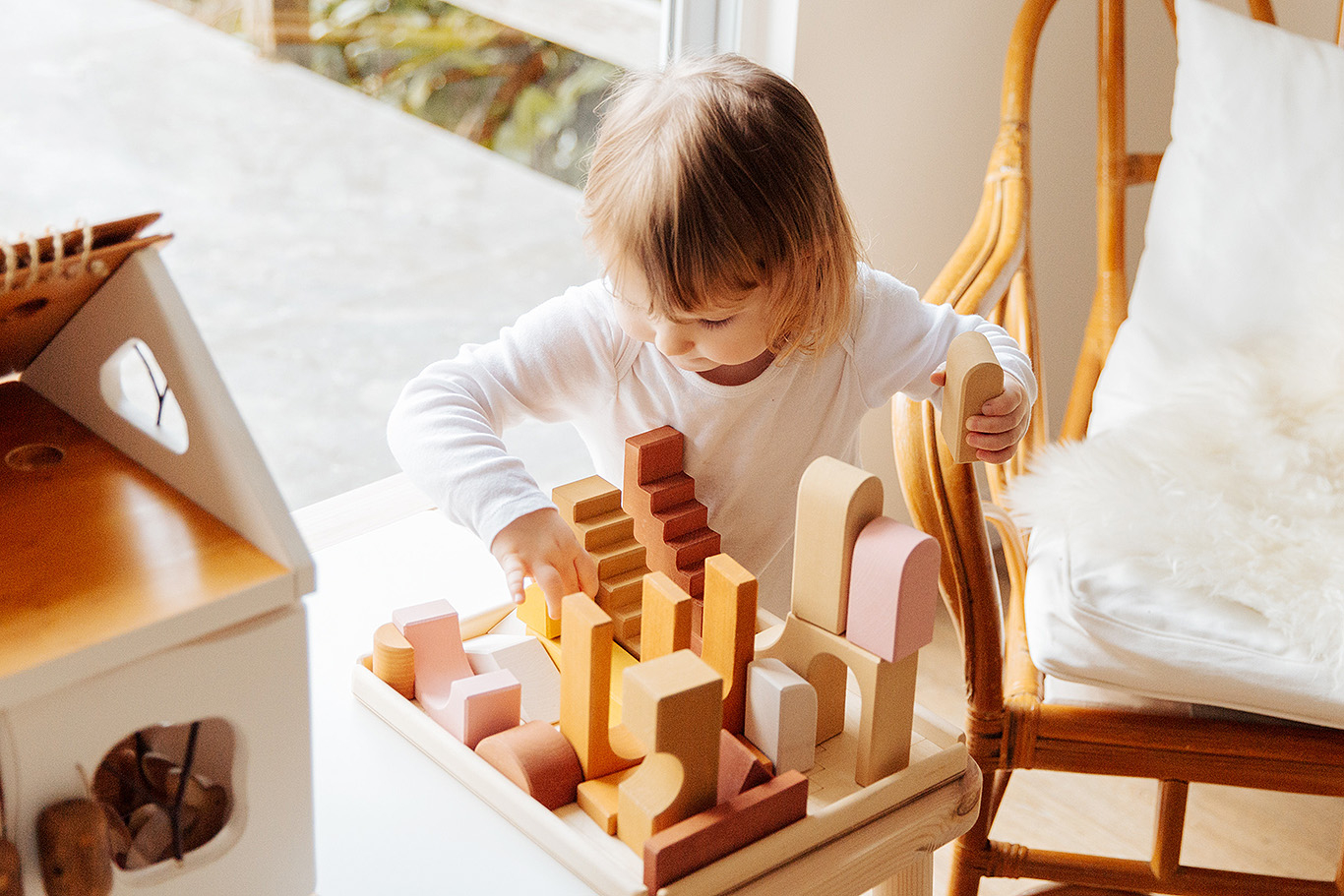
Capital Allowances on Construction, Fit-outs & Refurbishments – What tax relief can you expect?
For any capital investment, factoring in the associated tax relief can assist in deciding whether a given project is commercially viable. When dealing with constructions and refurbishments, it’s difficult to accurately predict the level of relief arising from capital allowances until the costs have been analysed for tax purposes. Nonetheless, approximating the relief amount based on the nature of the work and property type remains feasible. This article aims to help provide ballpark estimates for the tax relief arising from the improvement of various property types.
Where does the relief come from?
In a nutshell, whenever a business incurs capital improvement expenditure on commercial property, they will be entitled to capital allowances on the expenditure incurred. Your accountant or a specialist in this field will categorise each cost and asset into the relevant capital allowances pool or category.
The examples detailed below focus on what proportion of the expenditure can be collected in the Plant & Machinery (P&M) pools. This is because P&M expenditure may qualify for the enhanced first year reliefs, such as the Super Deduction, Full Expensing or the Annual Investment Allowance, allowing all of the allowances to arise in the year of the claim. Expenditure not qualifying for P&M relief will typically be claimable as Structures & Buildings Allowances (SBAs), which offers much slower relief over 33 years.
How do the allowances turn into savings?
The allowances manifest as deductions against a business’ taxable profits. For businesses that have sufficient profits for the allowances to be offset against, this will result in a direct tax saving for the period. It’s possible when amending historical computations for this to generate a repayment of tax previously overpaid, however tax credits are not available for loss making companies. To the extent that capital allowances deductions can increase or create taxable losses for the business, these may be group relieved or carried forward to be offset against future profits.
Assumptions
The below examples are based on Limited companies, subject to a 25% corporation tax rate and with sufficient profits for the allowances to be set against. Sole trader and partnership businesses can also benefit from capital allowances, however the tax relief may vary depending on the income tax rate applicable.
Each example is split between constructions/extensions and fit-out/refurbishments. The latter tend to have a greater proportion of qualifying spend, as the expenditure will include less structural spend and more P&M assets including machinery, equipment, furniture, IT, services and more besides.
Warehouse or Distribution Centre
Typical P&M Assets: Racking, roller shutter doors, dock levellers, fire detection, security installations, lighting, power, water.
| Estimated P&M proportion | P&M Allowances from £1m spend | Equivalent relief @ 25% corporation tax | |
| Construction/extension | 30% | £300k | £75k |
| Fit-out/refurbishment | 70% | £700k | £175k |
Office
Typical P&M Assets: Furniture & furnishings, IT equipment, servers, fire detection, security installations, data, lighting, power, water.
| Estimated P&M proportion | P&M Allowances from £1m spend | Equivalent relief @ 25% corporation tax | |
| Construction/extension | 40% | £400k | £100k |
| Fit-out/refurbishment | 70% | £700k | £175k |
Pub
Typical P&M Assets: Bar fixtures, furniture, carpeting, cellar equipment, kitchen & appliances, fire detection, lighting, power, water.
| Estimated P&M proportion | P&M Allowances from £1m spend | Equivalent relief @ 25% corporation tax | |
| Construction/extension | 30% | £300k | £75k |
| Fit-out/refurbishment | 60% | £600k | £150k |
Furnished Holiday Let
Typical P&M Assets: furniture, carpeting, appliances, sanitaryware, fire detection, lighting, power, water.
| Estimated P&M proportion | P&M Allowances from £1m spend | Equivalent relief @ 25% corporation tax | |
| Construction/extension | 40% | £400k | £100k |
| Fit-out/refurbishment | 60% | £600k | £150k |
Retail Store
Typical P&M Assets: Shelving, displays, shutters, POS equipment, fire detection, security installations, lighting, power, water.
| Estimated P&M proportion | P&M Allowances from £1m spend | Equivalent relief @ 25% corporation tax | |
| Construction/extension | 40% | £400k | £100k |
| Fit-out/refurbishment | 70% | £700k | £175k |
Gym
Typical P&M Assets: Exercise equipment, Sanitaryware, lockers, vinyl flooring, fire detection, lighting, power, water.
| Estimated P&M proportion | P&M Allowances from £1m spend | Equivalent relief @ 25% corporation tax | |
| Construction/extension | 50% | £500k | £125k |
| Fit-out/refurbishment | 80% | £800k | £200k |
If you have any questions about the tax relief available on your property improvements, get in touch at cal@yes.tax
YesTax. Positively Better.

